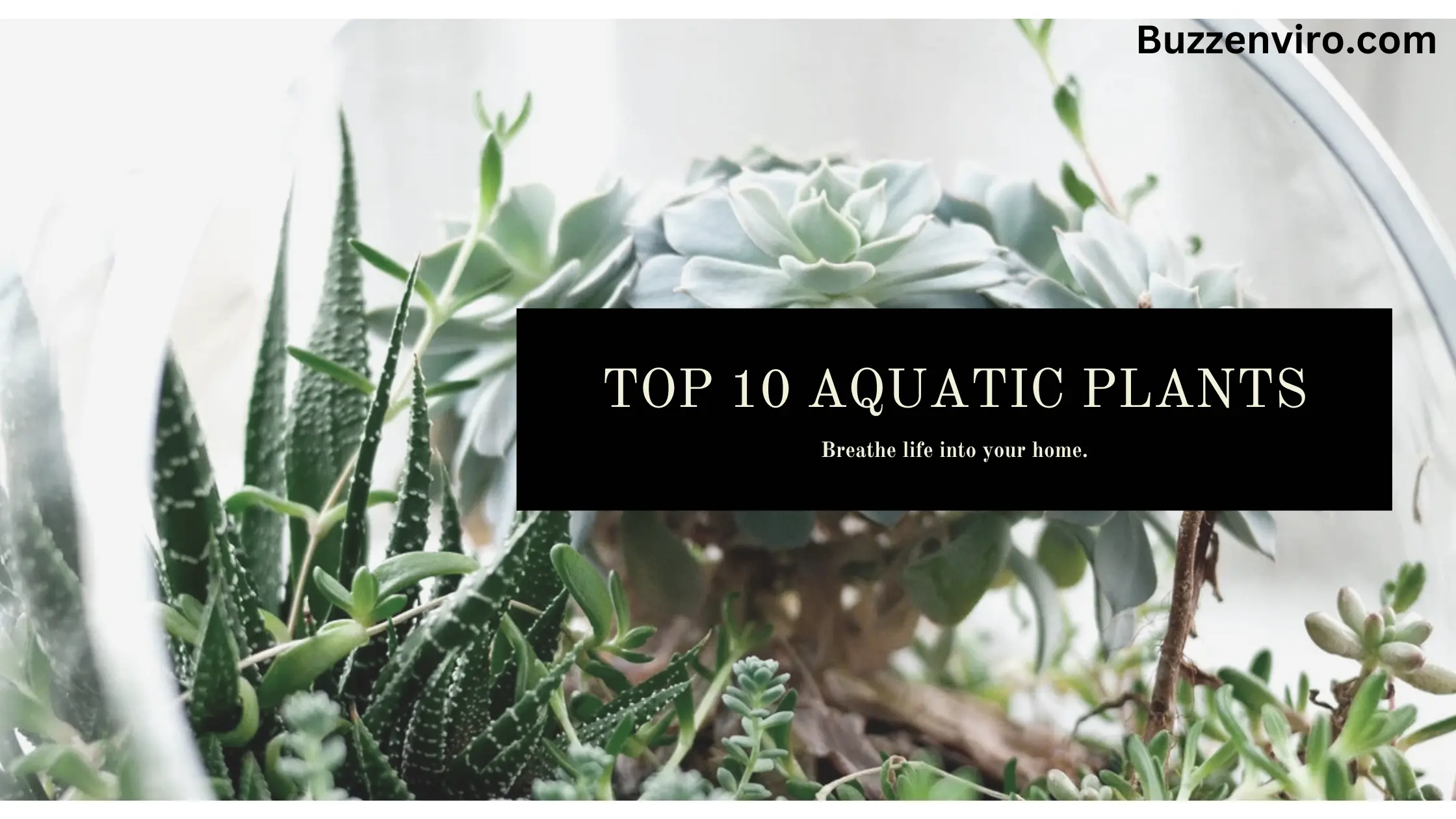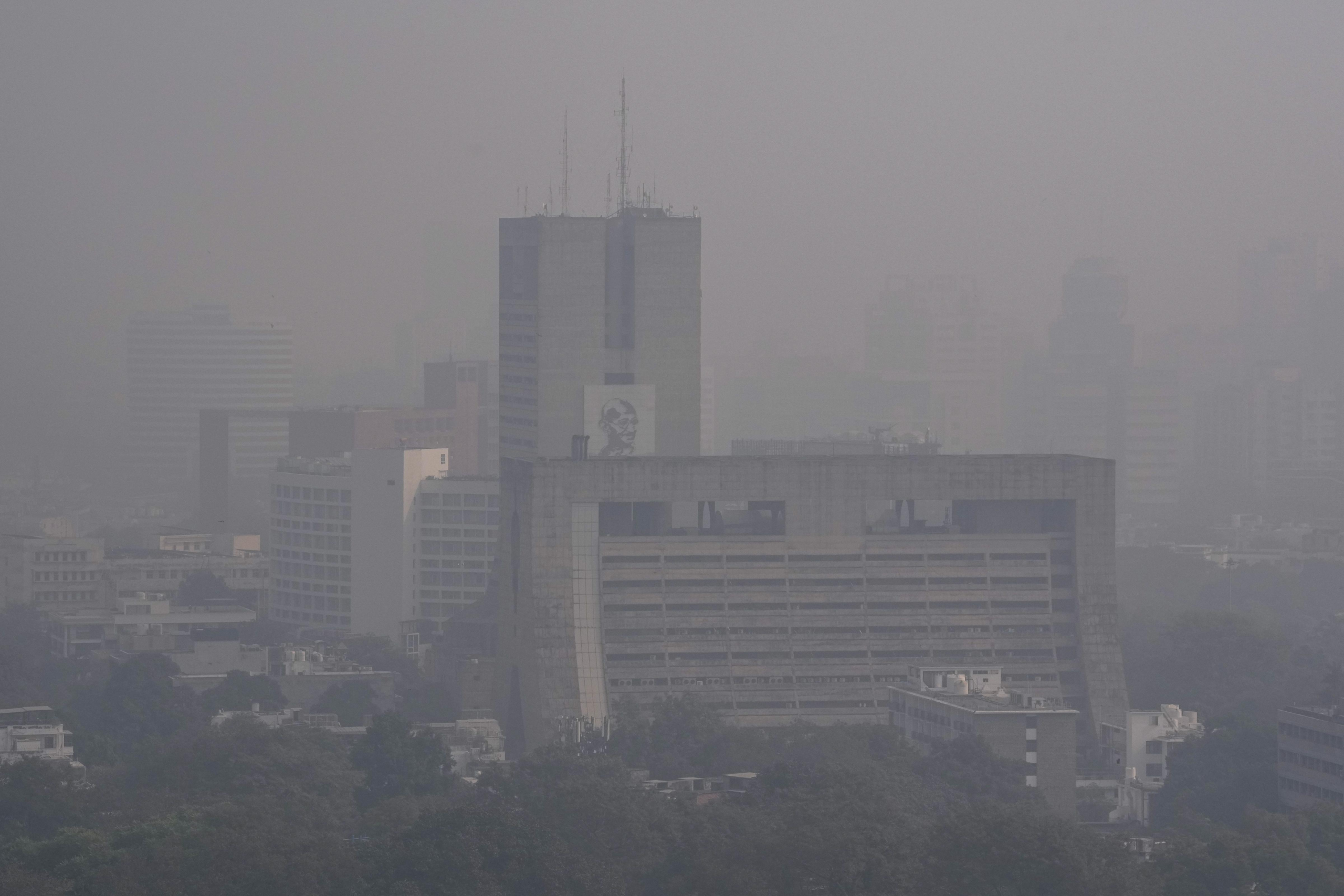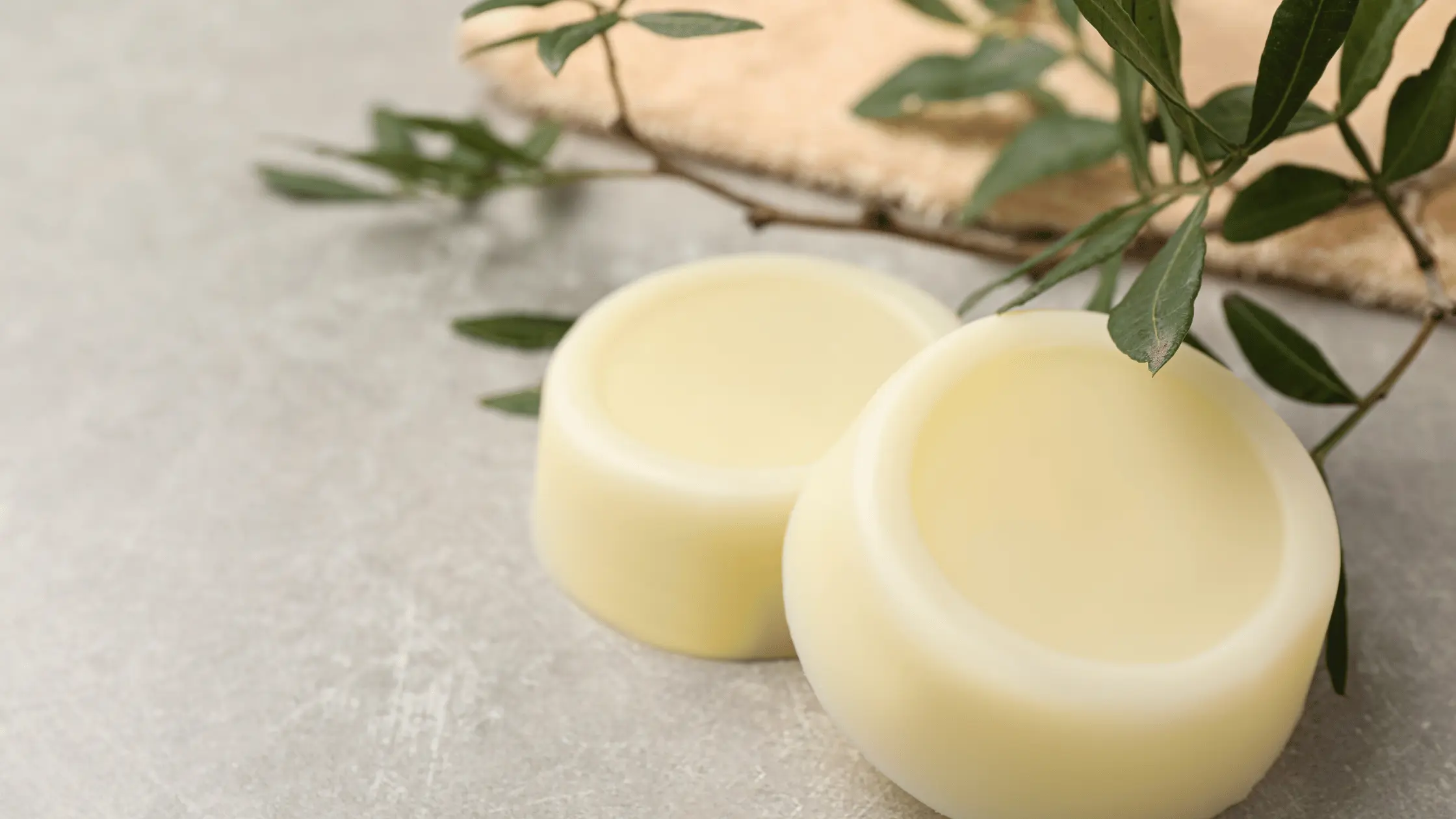Aquatic plants, also known as hydrophytes, are plant species that have adapted to live in water environments, either fully submerged or partially floating. These plants play a crucial role in maintaining the balance of aquatic ecosystems and provide numerous benefits to both nature and human life. Let’s explore what aquatic plants are, their different types, and why they are important.
What are Aquatic Plants?
Aquatic plants are specially adapted species that can survive and thrive in water or moist environments. These plants have evolved various mechanisms, such as air-filled tissues, buoyant leaves, and the ability to absorb nutrients directly from the water, which allows them to live in aquatic conditions. Aquatic plants are found in ponds, lakes, rivers, wetlands, and even in slow-moving streams.
Types of Aquatic Plants?
Aquatic plants are broadly categorized into four main types based on their habitat and growth patterns:
1. Submerged Plants
Submerged aquatic plants grow entirely underwater and are anchored to the substrate by their roots. These plants play a vital role in oxygenating water and providing habitat for small aquatic animals.
Examples: Eelgrass (Vallisneria), Pondweed (Potamogeton), Hornwort (Ceratophyllum).
2. Floating Plants
Floating plants are free-floating on the surface of the water and do not anchor to the soil. These plants can cover large areas, providing shade and reducing the temperature of water bodies. However, excessive growth can lead to problems like oxygen depletion.
Examples: Water Hyacinth (Eichhornia crassipes), Duckweed (Lemna), Salvinia.
3. Emergent Plants
Emergent plants grow in shallow waters with their roots anchored in the soil, while their leaves and stems rise above the water’s surface. These plants are essential for stabilizing the shoreline and preventing erosion.
Examples: Cattails (Typha), Bulrushes (Schoenoplectus), Water Lilies (Nymphaea).
4. Marginal Plants
Marginal plants grow along the edges of water bodies, partially submerged in water or in very moist soil. These plants create an important transition zone between land and water, which serves as a habitat for wildlife.
Examples: Papyrus (Cyperus papyrus), Iris (Iris pseudacorus), Pickerelweed (Pontederia).
Top 10 Aquatic Plants
1. Water Lily (Nymphaea spp.)

Water lilies are among the most iconic aquatic plants, with their distinctive round leaves and vibrant flowers that float on the water’s surface. They come in various colors such as white, pink, and yellow.
- Habitat: Water lilies thrive in ponds, lakes, and slow-moving waters.
- Ecological Role: The large, flat leaves provide shade to aquatic animals and lower water temperatures, which prevents the growth of harmful algae. They also serve as resting places for frogs and insects.
- Uses: Aside from their ornamental value, some species of water lilies are used in traditional medicine.
2. Lotus (Nelumbo nucifera)

The lotus is another popular aquatic plant with deep cultural and spiritual significance, especially in Asia. Its leaves and flowers rise high above the water surface, and its large, fragrant flowers are a spectacle to behold.
- Habitat: Found in shallow ponds and lakes.
- Ecological Role: Lotus plants help oxygenate the water, which supports aquatic life. Their dense root systems also aid in stabilizing muddy or silty pond bottoms.
- Uses: Every part of the lotus plant is edible and widely used in cooking, especially in Asian cuisine. The seeds and roots are also used in traditional medicine.
3. Eelgrass (Vallisneria spp.)

Eelgrass, also known as tape grass, is a submerged plant with long, ribbon-like leaves that sway with water currents. It is a fundamental part of many freshwater ecosystems.
- Habitat: It grows in lakes, ponds, and slow-moving rivers.
- Ecological Role: Eelgrass is vital for oxygenating water and providing habitat for fish, snails, and other small aquatic creatures. It helps stabilize sediment on the waterbed, reducing erosion.
- Uses: Eelgrass is often used in aquariums due to its oxygenating properties.
4. Water Hyacinth (Eichhornia crassipes)
The water hyacinth is a free-floating plant known for its striking lavender flowers and ability to grow rapidly. While it adds beauty to ornamental ponds, it’s also considered invasive in many regions due to its fast reproduction.
- Habitat: It thrives in freshwater lakes, ponds, and rivers.
- Ecological Role: Water hyacinth helps filter water by absorbing excess nutrients, but uncontrolled growth can choke water bodies and block sunlight, harming aquatic life.
- Uses: In some regions, it’s used to produce biofuels and is employed in wastewater treatment for its phytoremediation properties.
5. Duckweed (Lemna minor)

Duckweed is one of the smallest aquatic plants, forming green mats on the surface of still or slow-moving water. Each plant consists of a small, oval-shaped leaf and one or two tiny roots.
- Habitat: Found in ponds, lakes, and slow-moving rivers.
- Ecological Role: Duckweed provides food for waterfowl, fish, and amphibians. It plays a crucial role in nutrient cycling and helps reduce the buildup of nitrates and phosphates in water.
- Uses: It’s often used in bioremediation to treat polluted water and can also be harvested as animal feed due to its high protein content.
6. Cattails (Typha spp.)

Cattails are tall, reed-like plants found in wetlands. Their distinctive cylindrical flower spikes make them easily recognizable.
- Habitat: They grow in shallow waters, such as marshes, ponds, and wetlands.
- Ecological Role: Cattails help filter pollutants from the water, absorb nutrients, and provide shelter for birds and aquatic wildlife. Their extensive root systems help prevent soil erosion along the water’s edge.
- Uses: Historically, cattails have been used for food, crafting, and even insulation materials. Today, they’re valued for their use in wastewater treatment systems.
7. Hornwort (Ceratophyllum demersum)
Hornwort is a submerged aquatic plant that floats freely in the water without being rooted to the substrate. It has a distinctive bushy appearance, with branched stems covered in narrow, whorled leaves.
- Habitat: Found in ponds, lakes, and slow-moving rivers.
- Ecological Role: Hornwort oxygenates the water and provides cover for fish and invertebrates. Its ability to absorb excess nutrients helps control algae growth.
- Uses: Often used in aquariums and backyard ponds to improve water quality and provide hiding spots for fish.
8. Salvinia (Salvinia molesta)
Salvinia is a small floating fern that forms dense mats on the surface of the water. Its leaves are small, oval, and covered in fine hairs that repel water.
- Habitat: Found in ponds, lakes, and wetlands.
- Ecological Role: Like duckweed, salvinia helps reduce nutrient levels in the water and can prevent algae blooms by blocking sunlight. However, in large quantities, it can become invasive and harmful to native ecosystems.
- Uses: It’s sometimes used in ornamental ponds, but care must be taken to control its spread. It’s also used in some countries for bioremediation and wastewater treatment.
9. Papyrus (Cyperus papyrus)

Famous for its historical significance, papyrus is a tall plant with triangular stems and umbrella-shaped clusters of thin, grassy leaves.
- Habitat: Papyrus grows in swamps, marshes, and along riverbanks.
- Ecological Role: It stabilizes wetland soil and helps in water filtration. Papyrus provides shelter for a variety of wildlife, including birds and small mammals.
- Uses: In ancient Egypt, papyrus was used to make paper, baskets, and even boats. Today, it’s used as an ornamental plant and in constructed wetlands for water treatment.
10. Water Lettuce (Pistia stratiotes)

Water lettuce has rosettes of soft, fuzzy, green leaves that resemble a head of lettuce floating on the water’s surface. Its dangling roots absorb nutrients from the water.
- Habitat: It thrives in ponds, lakes, and slow-moving streams.
- Ecological Role: Water lettuce helps prevent algae growth by shading the water and competing for nutrients. Its roots provide shelter for small fish and invertebrates.
- Uses: Often used in aquariums and water gardens to maintain clear water. However, like water hyacinth, it can become invasive in large water bodies.
Importance of Aquatic Plants
Aquatic plants are essential for maintaining healthy aquatic ecosystems. Here are some key reasons why they are important:
1. Oxygen Production
Submerged aquatic plants release oxygen during photosynthesis, which is essential for the survival of fish and other aquatic organisms. This helps to maintain a balanced oxygen level in the water.
2. Habitat and Food for Wildlife
Aquatic plants provide food and shelter for a variety of aquatic life, including fish, amphibians, insects, and birds. Emergent plants, for instance, offer nesting grounds for waterfowl, while submerged plants provide hiding spots for small fish.
3. Water Filtration
Aquatic plants help improve water quality by absorbing excess nutrients, pollutants, and heavy metals from the water. This process, called phytoremediation, helps to prevent algae blooms and maintain clear water.
4. Erosion Control
Emergent and marginal plants stabilize the banks and shorelines of rivers and lakes, reducing soil erosion. Their root systems hold the soil together, preventing it from washing away during floods or storms.
5. Climate Regulation
By absorbing carbon dioxide from the water, aquatic plants play a role in regulating the aquatic carbon cycle. This helps to mitigate the effects of climate change by reducing the levels of carbon in water bodies.
6. Aesthetic and Economic Value
Aquatic plants, such as water lilies and lotus, are often used in ornamental ponds and water gardens due to their beauty. Additionally, certain species, like water hyacinth, have commercial uses in the production of biofuel, fiber, and fertilizers.
Conclusion
Aquatic plants are integral components of freshwater ecosystems, providing ecological, environmental, and economic benefits. Whether submerged, floating, or emergent, these plants not only support wildlife but also contribute to water purification, erosion control, and climate regulation. Preserving these plants and their habitats is essential for the overall health of aquatic environments.
By understanding the types and importance of aquatic plants, we can appreciate their role in sustaining biodiversity and maintaining the balance of nature.





